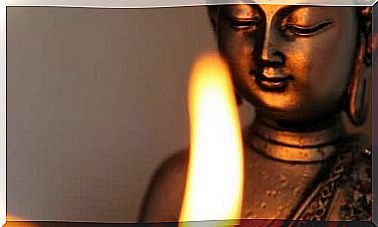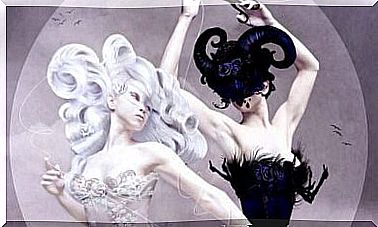How Does The Brain React To The Absence Of A Loved One?
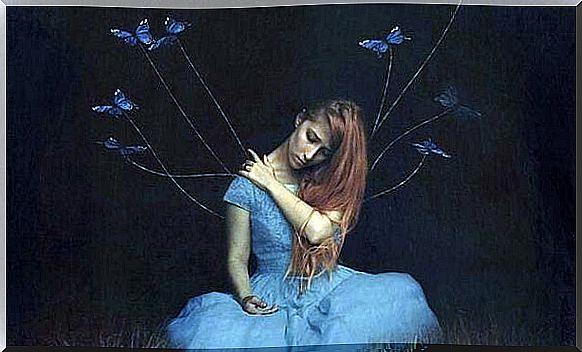
The absence of a loved one is painful no matter who you are. Although love and loss are part of life, we never completely resign ourselves to it.
We know that nothing lasts forever, but it’s like refusing to accept that this is true. It’s a kind of psychological rebellion.
We often say that the mind and the heart contradict each other. The mind tells us to accept the absence, but something deeper inside us refuses to completely lose our vigilance and accept the loss.
This happens because both the presence and absence of a loved one trigger reactions in areas over which we have little control. Love and sadness involve physiological processes.
There are changes that are physical that are beyond what we can understand and manage. This is explained by the so-called ‘opponent process theory’.
Opponent process theory
The opponent process theory was developed by Solomon and Corbit in 1974. According to this approach , our brain tends towards an emotional balance. The way it does this is by neutralizing emotions.
To do this, it performs a recurrent operation: when an intense emotion appears and takes away the stability, the response is to produce the opposite emotion. This is called the ‘corrective emotional stimulus’.
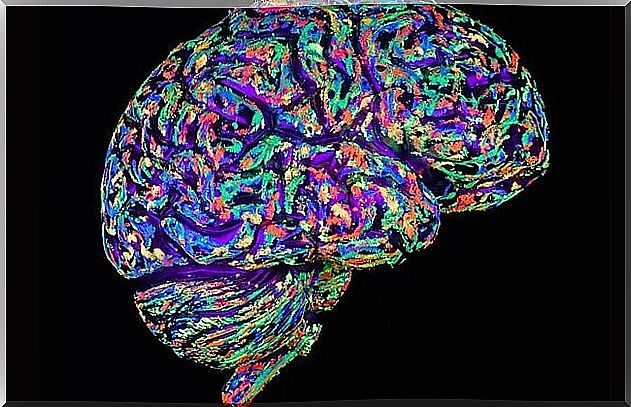
According to this theory, the response stimulus is initially weak. Little by little, however, it is gaining momentum. From these principles we can partly explain what happens in addiction and after an emotional loss.
When the first emotion appears, it is very intense. The emotion has no resistance and therefore reaches a maximum level. For example, this is what happens when we first fall in love.
Eventually, however, the opposite stimulus appears. Although not perceived at first, it gradually gains strength to neutralize the initial emotion.
The process of contradiction and the absence of a loved one
When it comes to the brain, the absence of a loved one has effects akin to withdrawal symptoms. In both cases there is an initial stimulus and a ‘corrective stimulus’.
Let’s use alcohol as an example. Who drinks, feels euphoric reactions. He is uninhibited and ‘numb’ to discomfort. The next day, the opposite happens. He may be depressed, insecure and want to restore the first stimulus by drinking more.
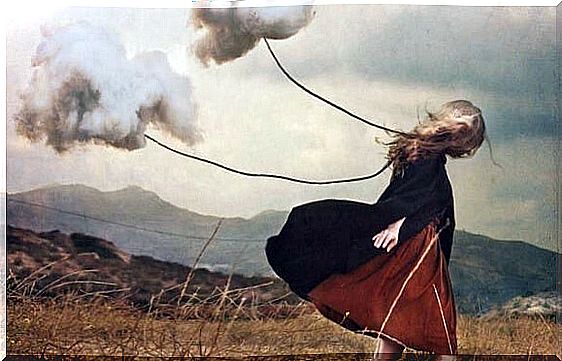
When it comes to affection and love, the first stimulus is the affection itself. There is attachment, a need for the other person. Joy when you see him or her. Especially for couples, the initial emotional stimulus is very strong.
At the same time, the opposite stimulus appears. Therefore, over time, the intensity gives way to a certain ‘neutrality’ when it comes to our feelings.
However, if an absence occurs, a decompensation occurs. The initial stimulus goes away and only the corrective stimulus remains and becomes stronger. We experience this through sadness, irritability and conflicting emotions.
A chemical issue
All emotions occur organically. This means that for every emotion there is a corresponding physiological process that involves chemical changes in the brain.
When we love someone, we love not only the soul, but also the elements of the periodic table and how they manifest in our body.
That is why the absence of a loved one is not just an emotional vacuum. We generate a whole lot of oxytocin, dopamine and serotonin by being in love.
When these chemicals are not there, the body suffers from the imbalance. The occurrence of a new opposite process, the corrective stimulus that brings the body back into balance, takes time.
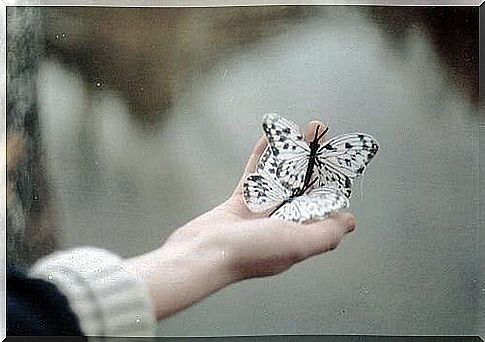
What’s the point of knowing all this? Just so we understand that the absence of a loved one has profound implications for both our minds and bodies. That we have to go through a process of resettlement to find balance, and that this process can take a while.
Often we just have to let this process happen. We must trust that we are designed for balance.
